It is nice to be able to mitigate a headache or a specific health condition with a medication. Without these medications available to us, the quality of our lives might not be the same. Have you ever wondered how a specific drug becomes a medication? If so, the answer is somewhat complex. The reason for this is that drugs must undergo rigorous testing before being available to the public. They must be tested in the laboratory, in animals, and in humans before they can be sold or marketed. This testing is regulated in the United States by the Food and Drug Administration (FDA). Many other countries have adopted drug development processes similar to the FDA Drug Development Process.
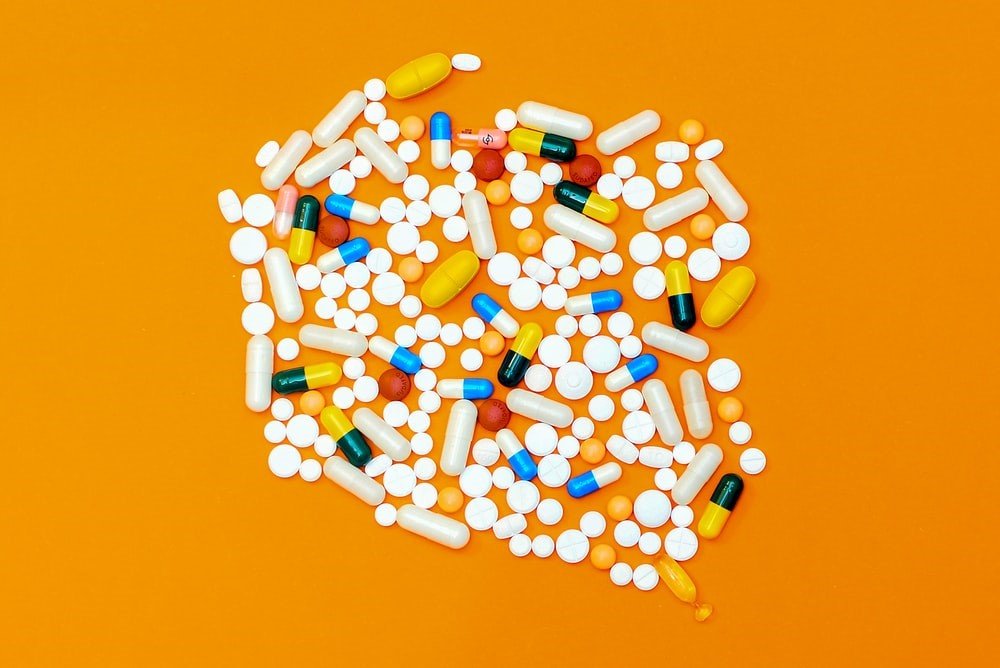
Step 1 of the FDA Drug Development Process – Discovery
The first step of the FDA drug development process is the discovery phase. This is when someone has an idea that specific compound might work for a particular purpose.
They might arrive at this idea because knew knowledge has become available of a particular condition. Sometimes a scientist arrives at the idea because of an observation in the laboratory. Or perhaps they have a strong reason to believe that a medication can be useful due to available computer-generated predictions. Other times, a clinician might make an observation in the way that a patient reacted to a specific medication. Still other times, it is the ideas but the ability to carry them out that is new. Advancements in technology may allow consideration of medications that were previously not technologically possible.
Regardless of how the idea comes about, the manufacturing a specific compound could be quite expensive. This is because the right equipment, personnel, and expertise are needed. And all of these things can be expensive. Therefore, proceeding with the next steps of the FDA Drug Development Process requires adequate partnerships and funding. Pharmaceutical companies oftentimes have the resources and experience required to navigate the FDA Drug Development process. So it usually the pharmaceutical industry that can pursue such ideas.

Step 2 of the FDA Drug Development Process – Preclinical Testing
Before any drug can be tested in humans, it must first be tested in either petri dish or in animals. Usually it is scientists who conduct these experiments in laboratories. However, there are a number of clinicians who double up as scientists. They may therefore have direct involvement in these basic laboratory research experiments as well.
During the preclinical studies, the researchers need to follow good laboratory practices set forth by the FDA. If they are doing animal research, their studies also need to be approved beforehand by an Institutional Animal Care and Use Committee. This is to ensure that the animals involved in the study are treated in an ethical manner.
The goals of preclinical studies is to find out how the drug is processed by cells and the body. Objectives of preclinical studies usually include finding out how the drug behaves inside the body. For example, figuring out how the drug gets into the body’s cells, at what rate, and in what amount, are also goals of these studies. Figuring out how, and at what rate, the body excretes the drug are also goals of these studies.
The answers to all of these questions will help determine whether, and in what amount, the drug is safe. It also helps determine what might be the best way to deliver the drug to the patients. Perhaps it might be best administered by mouth, by injection, on the skin, by nasal spray, etc.
After all the preclinical research finding have been gathered, preparation for research in humans can begin. Such research is called clinical research.
You might be interested in: Music as a Drug – Powerful, Versatile, and Safe
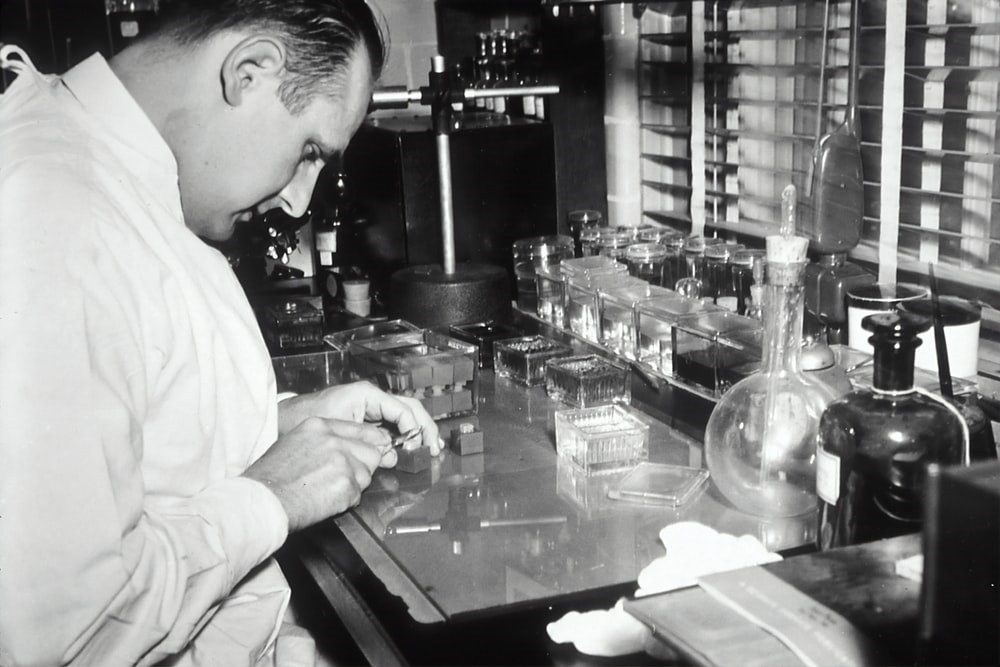
Step 3 of the FDA Drug Development Process – Clinical Research
The third step of the FDA Drug Development process starts with an Investigational New Drug (IND) application. If the go ahead is given by the FDA, the individual or company that submitted the application will be issued an IND number.
Apart from the IND application, a very detailed research protocol must be written up. It must be submitted for review by an Institutional Review Board (IRB). The IRB reviews the study to ensure that they are conducted in an ethical manner.
What you should understand is that this step is not actually one step but a series of steps. This is because multiple studies of progressive phases need to be carried out. These phases range from phase 1 studies to phase 4 studies. Throughout these phases, participants usually agree to a lot of tests. They also agree to abide by very strict study schedules.
Even though there are four study phases, I will take the liberty to refer to phase 4 studies as a separate step of the FDA Drug development process. This is because phase 4 occurs after the study drug has been approved for marketing. For this reason, phase 4 studies are more commonly referred to as post marketing surveillance research. While the same FDA approval investigational new drug application can oftentimes apply for all of these study phases (as long as the drug is being proposed across the studies for the same indication), an IRB must approve each of the studies. Also, information must be submitted to both and IRBs and the FDA as the studies progress. In any case, both the FDA and the institutional review boards have the authority to audit or shut down studies at one or multiple study sites.
Phase 1 Studies
Studies considered to be phase 1 studies usually enroll only a few dozen patients. These studies are very different from phase 2 and phase 3 studies. This is because their goal is not to see how the drug affects the target disease but how it works inside the body. For example, phase 1 seek to learn how the drug is processed by and excreted by the body.
Because of the nature of these studies, all the patients that enroll in these studies get the drug and often have a lot of biospecimens collected. It is usual for various blood draws to be required in one same day, on multiple days, various hours apart. These studies are often short and generally last only a few months.
The information collected in these studies helps scientists and clinicians further refine if the drug is safe in humans, and what might be the best dose and route of the intended population. Usually the participants in these studies are healthy volunteers. The only exception is in cases where the drug is known to have toxic side effects but is nonetheless thought to help a specific condition. (This is often the case with chemo agents.) In those cases, the participants of phase 1 studies would enroll patients with the particular disease.
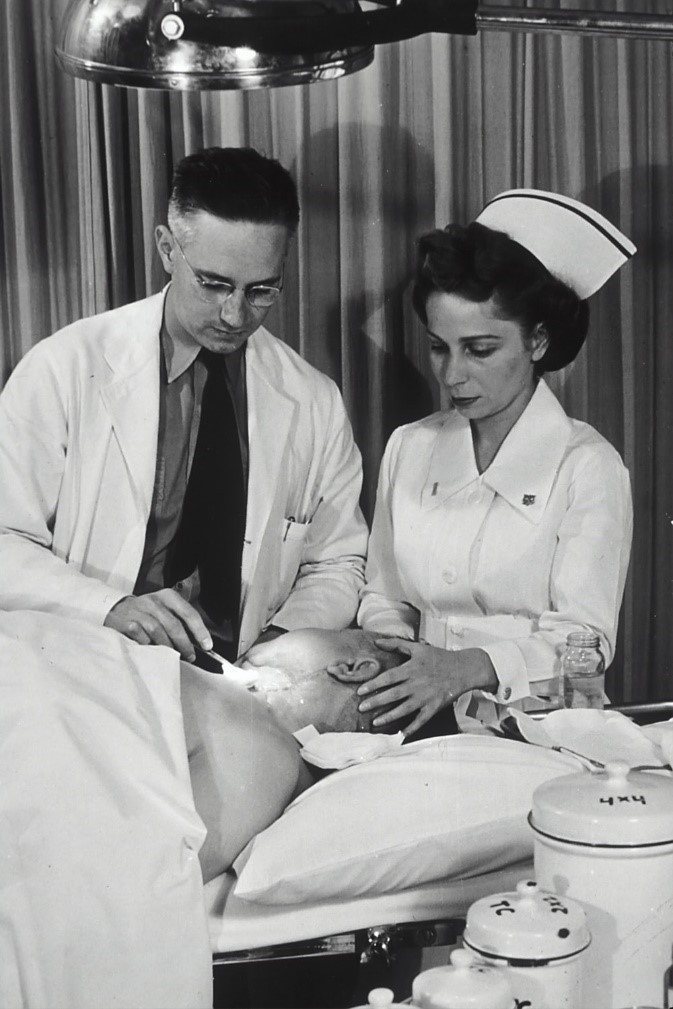
Phase 2 Studies
If phase 1 studies are successful, phase 2 studies ensue. Phase 2 studies continue to gather information of how the medication is processed by the body. However, their primary focus is to study its safety an compare the investigation drug against already approved medications in treating a specific condition. These studies enroll more patients than phase 1 studies—usually a few hundred. They also last longer than phase 1 studies—usually a couple of years.
Phase 2 studies are often controlled. This means that the patients are usually randomly assigned to either the investigational new drug or a drug already approved to treat the particular condition. Often, the design of these studies are also double-blind. This means that neither the patients nor the study team knows what medication the patient is receiving.
Phase 3 Studies
If the phase 2 studies continue to show that the medication is safe and equal or better than already available treatment, phase 3 studies are carried out. The focus of studies in this phase continues to be safety and how well it compares to other treatments, but also to collect more extensive data on the adverse effects that the investigational drug causes. That is why volunteers are often asked to keep track of and report any side effects they might experience in this and the other study phases.
You might be interested in: Personal Health Record Benefits – Take Charge
Phase 3 studies usually hundreds to thousands of people. As in phase 2 studies, people are often randomly and blindly assigned to treatment with the investigational drug or already existent medication. Because a lot of information is needed to get a good idea of the adverse events a drug might cause, and some of these adverse events might take a while to become apparent, these studies oftentimes span several years.
Step 4 of the FDA Drug Development Process – FDA Review of New Drug Application
Once a few large, controlled, double-blinded phase 3 studies are available, the marketing application of the investigational drug, also known and new drug application (NDA), can be submitted to the FDA. Only a small percentage drugs for which an investigational new drug number was first acquired actually reach it this far in the FDA drug development process.
Among that information that needs to be submitted are the results of preclinical and clinical research both within the outside the United States. Information demonstrating compliance with institutional review board requirements also needs to be submitted. Other things also to be included in the application are proposed labeling, directions of use, and information related to the drug’s potential for abuse.
The FDA can take a several months to review the application. It can also require further information or clarification of discrepancies prior to or during their review. The FDA can even request additional studies. While the FDA has experts in various fields, for some new drug applications, the FDA can solicit further input from outside experts or from the public. Indeed, there is a lot of quality assurance and verification that goes on before a medication is approved for marketing.
You might be interested in: Lean 6 Sigma Training – Become a Quality Ninja

Step 5 of the FDA Drug Development Process – Post Marketing/Phase 4 Studies
If the new drug application is approved by the FDA, the drug can now be sold at pharmacies. They must be sold according to the labels and instructions the FDA approved.
However, the regulatory oversight and study of the medication is never really finished. Even at this point, the FDA also continues to perform routine and for-cause inspections at the drug manufacturing sites both in US and aboard. The FDA also keeps a close eye on how the drug is advertised.
Providers and patients continue to report new information to them through MedWatch. The information is tracked to see if medication warrants any update in terms of dose, directions, or warnings. After all, it is possible that very rare adverse event occurrences might have been missed during the clinical research step of the FDA drug development process. This is due to the fact that the cumulative number of patients that received the drug while it was being investigated was likely only several thousand.
A number of additional research studies (i.e., phase 4 studies) might be carried out, sometimes at the request of the FDA, to collect additional information on the safety and efficacy of the medication.
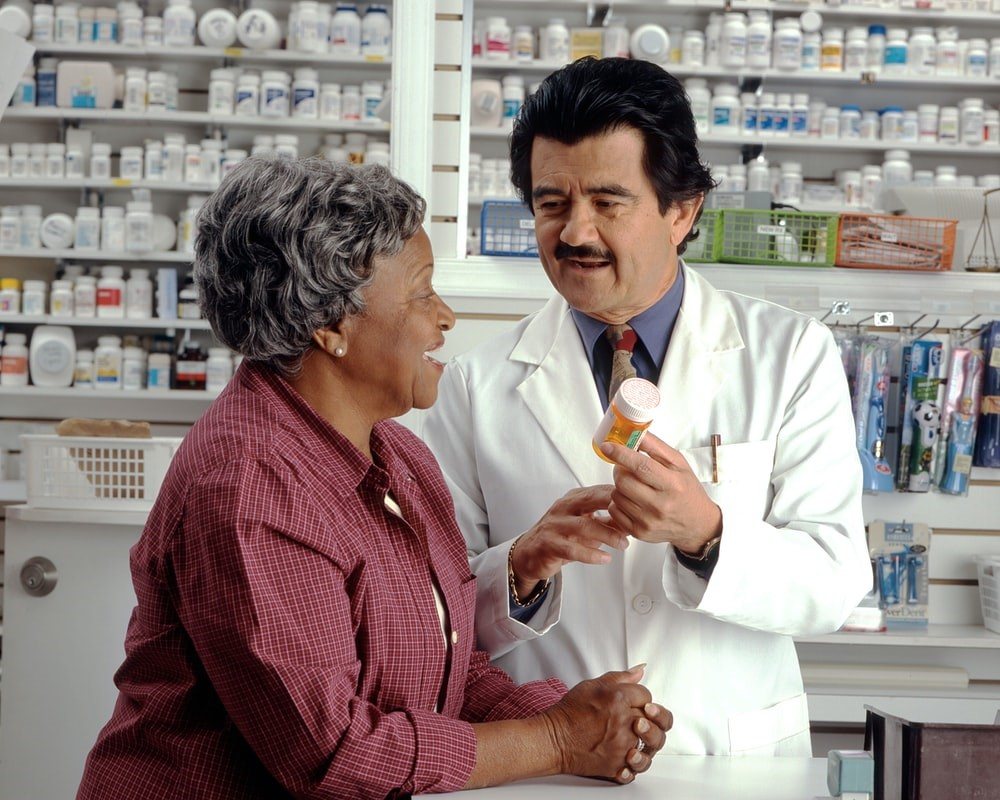
Other
For three years, the party that originally obtained the new drug approval retains exclusive rights to manufacture the new medication. After the time expires, other companies can produce generics of the drug. Generic drug manufacturers do not need to go through entire drug process since comparable to existing drug. They only need to file an abbreviated new drug application showing bioequivalence.
Companies can eventually submit an over-the-counter drug apply to FDA to request that they be able to self the medication over the counter rather than prescription only. The FDA will approve this application if it deems that the medication is relatively safe. It also takes into account whether patients would be able to adequately self-diagnose and treat their condition, and that there is little risk for addiction, among other things.
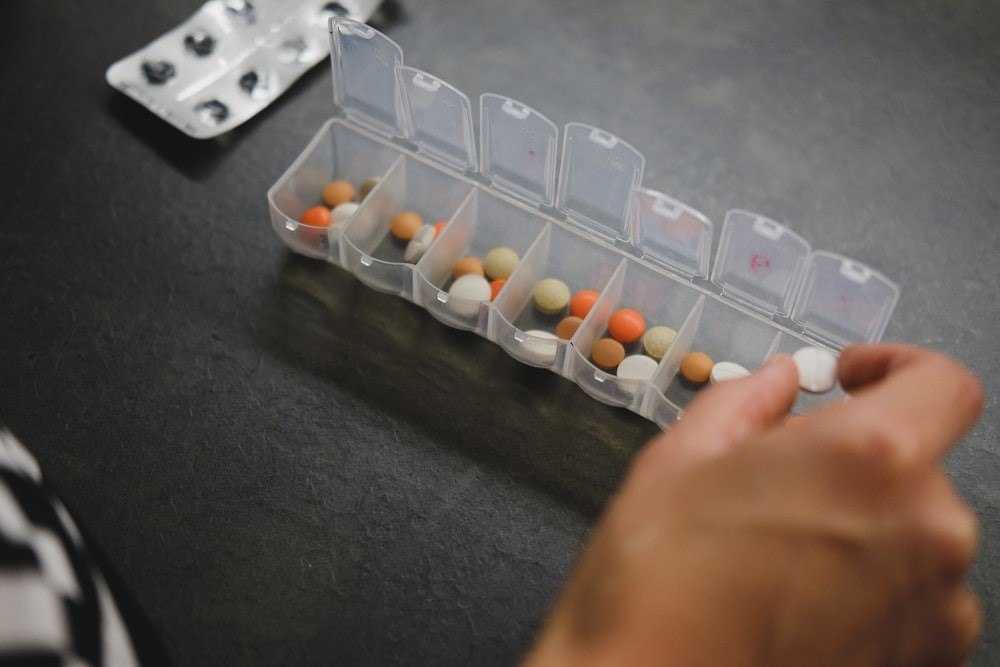
Exceptions
Even while a medication has not made it through all the study phases, there are instances when a medication can be used on an exception-basis for people who have serious conditions who may benefit from it and for which there is no current available treatment. This use of a drug is called compassionate use or expanded access. However, an IND and protocol are still necessary, as well as FDA and IRB review.
Similarly, an investigational drug can be used in emergency situations when specific criteria are met. If an IND is not available, an emergency IND needs to be obtained by calling the FDA. As IRB approval is likely not feasible prior to the first time the medication is use under emergency use, a formal report should be submitted to the IRB within 5 days of the drug’s use. A protocol should also be submitted for IRB approval if the investigational drug might emergently be used again.

Conclusion
It takes many years before medications can be approved for prescription and over the counter sell. A lot of hard work is put in by both the research teams and the patients who participate in studies. In fact, even after the medications have been approved, the data collection process continues.
Thanks to all the hard work and dedication put into learning about medications, we are able to be prescribed medications. Those conditions previously might have cut our life short or reduced its quality. Therefore, the fact that a new medication is developed is oftentimes a big deal.
Next time you reach for your medication cabinet, think of the FDA drug development process. That medication must have gone through to make it to reach your home. Perhaps one day you will have the opportunity to participate in a research study involving an investigational new drug.
References
1. https://www.fda.gov/patients/learn-about-drug-and-device-approvals/drug-development-process
2. https://www.fda.gov/regulatory-information/search-fda-guidance-documents/emergency-use-investigational-drug-or-biologic
3. https://www.ncbi.nlm.nih.gov/pmc/articles/PMC4966231/

